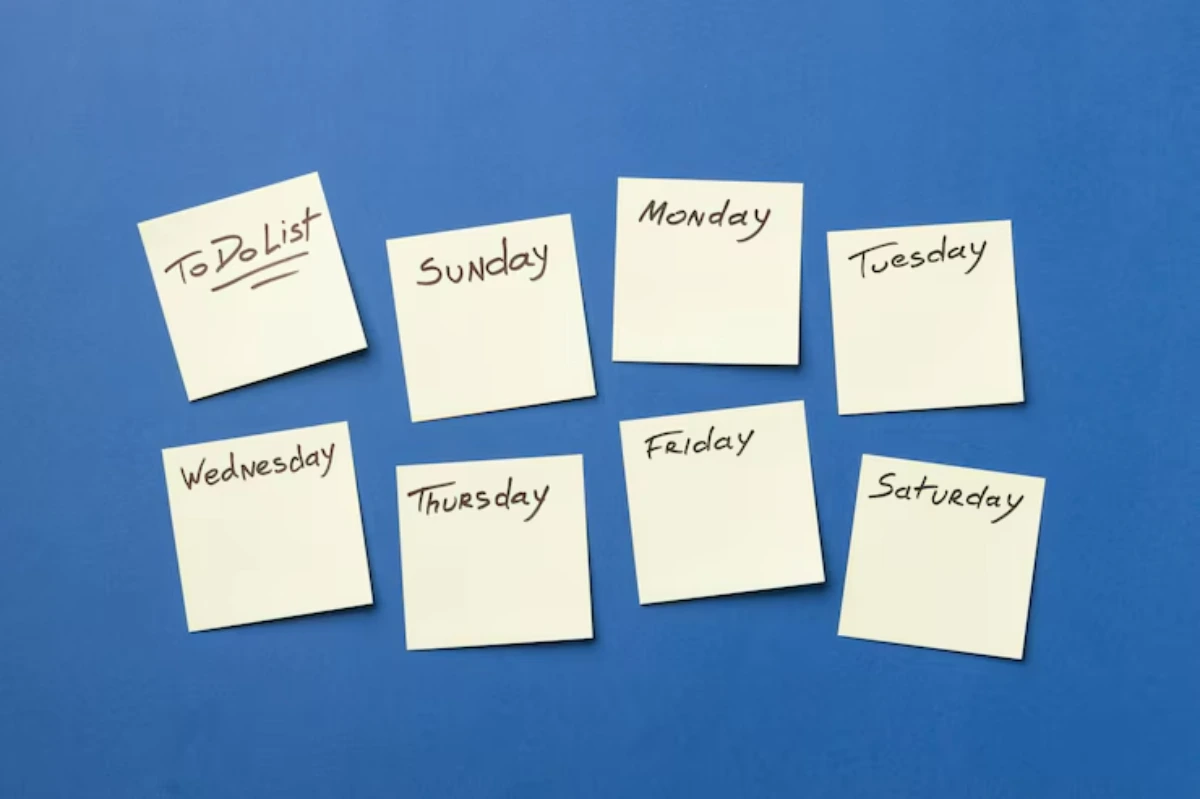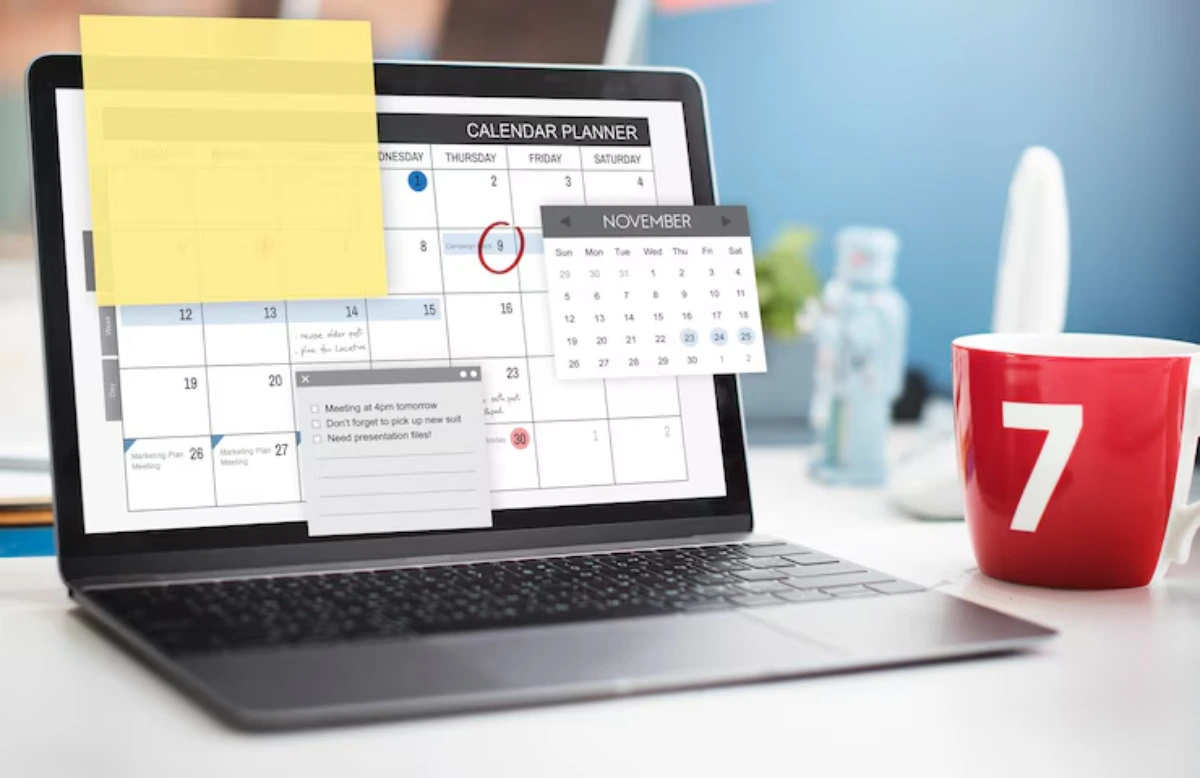
How to Handle Unexpected Disruptions in Time Blocks
You plan your day meticulously. Every task has its block, every block has its colour, and your digital planner is a work of art. Then suddenly, life throws a curveball: a surprise meeting, a tech issue, a sick child, or even just a bad night’s sleep. Your perfectly arranged blocks crumble.
Sound familiar? You’re not alone. Even the most disciplined planners face productivity interruptions. The trick isn’t to avoid disruptions altogether—that’s not realistic. The real goal is to design a time management system that absorbs shock and still gets things done.
This guide will help you introduce time block flexibility, build tools for reactive scheduling, and most importantly, reduce the stress of a disrupted plan.
Why Time Blocks Get Disrupted
1. Human Variables
- Fatigue
- Emotional drain
- Unexpected errands
- Changes in energy levels
2. External Forces
- Emergency meetings
- Team delays
- Power or tech issues
- Illness or family emergencies
3. Planning Gaps

- Overambitious schedules
- No buffer blocks
- No recovery time built-in
Want to fix the root issue? Learn how to create buffer blocks.
Time Block Flexibility: The Foundation
What It Is
Flexibility in time blocking means you design your schedule with movement in mind. Blocks aren’t prison cells; they’re puzzle pieces.
Why It Matters
Rigid blocks shatter under pressure. Flexible ones shift, compress, stretch, or move entirely. Your productivity survives.
The Mindset Shift
It’s not about perfect plans. It’s about resilient routines. A flexible system means less guilt, better adaptability, and higher long-term success.
Strategies for Handling Disruptions
1. Build Emergency Buffers
- Insert 30–60 minutes of unscheduled time each day
- Use it for spillover, catch-up, or decompression
- Place them at midday and end-of-day, where possible
2. Use the 3-Slot Recovery Method
If a block gets disrupted, you have 3 recovery options:
- Reschedule: Move it to another free block
- Replace: Swap it with a lower-priority task
- Reduce: Do a shorter version (e.g., 15 mins instead of 45)
3. Reprioritise On the Fly
When disruptions hit, pause and ask:
- What must still happen today?
- What can wait?
- What can be done in 10 minutes?
List your tasks into:
- Must Do
- Good to Do
- Can Wait
4. Keep a Floating Task List

Use a Notion page, sticky note, or notes app to store non-urgent tasks that can fit into open blocks later.
5. Adopt a Theme Day Framework
When the whole day falls apart, theme days help you reset.
- Monday: Admin + Planning
- Tuesday: Deep Work
- Wednesday: Meetings
This makes rescheduling easier because each day has a default purpose.
Explore this in depth: Theme-Based Time Blocking for Deep Focus.
Practical Tools for Reactive Scheduling
Digital Calendars

- Google Calendar: Drag and drop blocks easily
- Outlook: Reschedule meetings smoothly
Smart Schedulers
- Motion: AI reassigns tasks automatically
- Reclaim.ai: Auto-blocks time and adjusts dynamically
- Sunsama: Integrates task lists and dragable calendar slots
Physical Tools
- Magnetic planner boards
- Sticky notes for daily re-blocking
- Whiteboards with erasable blocks
Real-Life Scenario: How Maria Bounced Back
Maria, a freelance content strategist, had her week blocked hour by hour. On Tuesday, her child fell sick. Chaos ensued. Her perfect blocks vanished.
Instead of spiralling, she used her buffer block that afternoon for essentials. She:
- Shifted Tuesday’s deep work to Wednesday
- Compressed admin into 30 minutes
- Cancelled one non-urgent meeting
Result: The project was still delivered, and she avoided burnout.
“I used to beat myself up when I missed a block. Now I treat them like clay, not stone.”
Preventing Disruptions Before They Happen
1. Don’t Overbook
Leave 20–30% of your calendar open. You’ll thank yourself.
2. Plan for the Unexpected
Add 1 hour a week for “Unknowns”. Label it “Catch-Up or Crisis.”
3. Know Your Energy Flow
Schedule high-focus blocks in your peak energy hours. Disruptions are easier to manage when you’re not already drained.
4. Use Time Block Tiers
Create three levels of time blocks:
- Priority Blocks: Must not miss (client work, deadlines)
- Flexible Blocks: Preferable but movable (email, admin)
- Floating Blocks: Fillers (learning, bonus tasks)
Rebuilding the Day After It Breaks
Step-by-Step Recovery
- Take a 5-minute breather
- Scan your blocks and move the disrupted ones to open slots
- Mark what’s still doable today
- Rebuild your next 2 hours
- Review at day’s end for learnings
End each disrupted day with a win. Pick one small but meaningful task to complete. It restores momentum and confidence.
Handling Repeated Interruptions
If your days are always disrupted:
- Track the source: Is it meetings? Kids? Overcommitment?
- Fix the root: Batch meetings. Get childcare help. Say no more often.
- Create a fallback day: Every Friday = recovery + overflow
- Simplify your goals: Focus on fewer, bigger priorities
Common Concerns on Disruptions and Flexibility
Should I schedule every minute of my day? No. Aim for 60–70%. Leave breathing space.
What if I feel guilty skipping blocks? Remind yourself: flexibility is strength, not failure. You’re adapting, not quitting.
Can I do this with a paper planner? Absolutely. Use erasable pens, sticky notes, or layered trackers.
How many buffer blocks should I have? Start with 1 per day and increase based on your lifestyle.
Conclusion: Flexibility is the Secret Ingredient
A well-blocked schedule is empowering. But a flexible time blocking system? That’s unbreakable.
When life gets messy (and it will), you don’t have to scrap your whole plan. You just need to shift, adapt, and rebuild. With the right tools, mindset, and habits, productivity interruptions no longer feel like disasters—they become manageable bumps in the road.
Try this today: Add a 30-minute emergency buffer to your next workday. Treat it like a gift to your future self.


